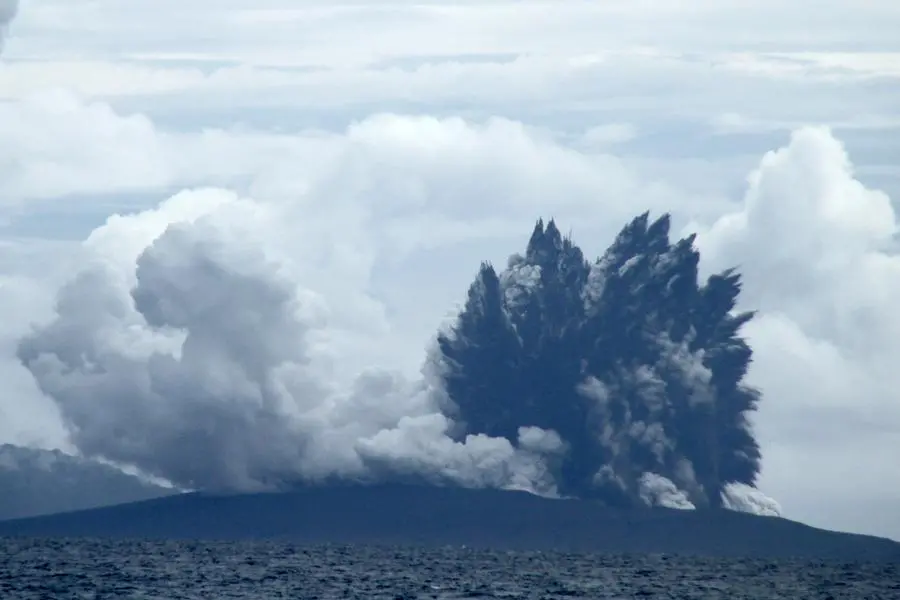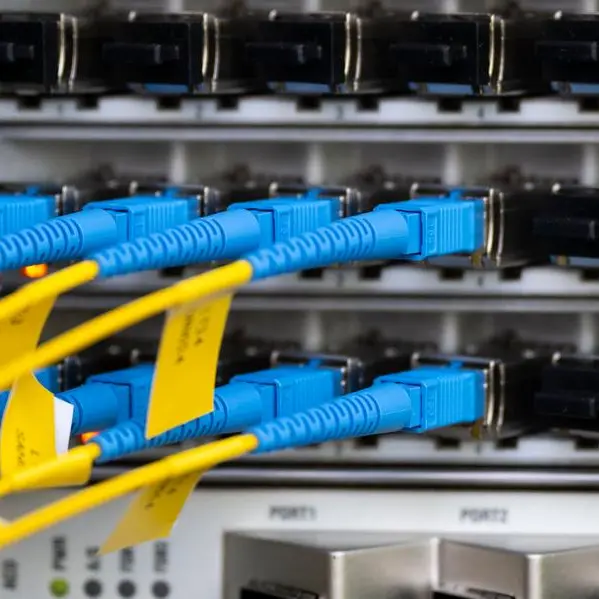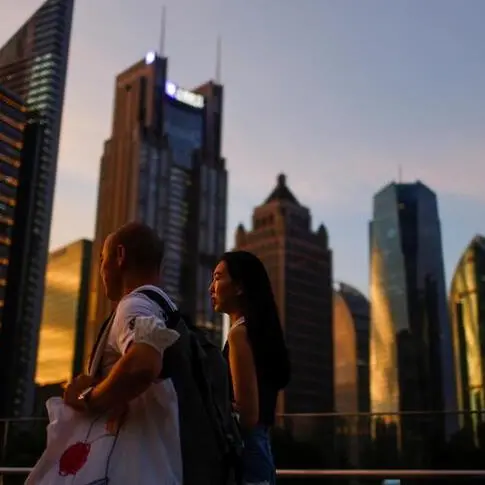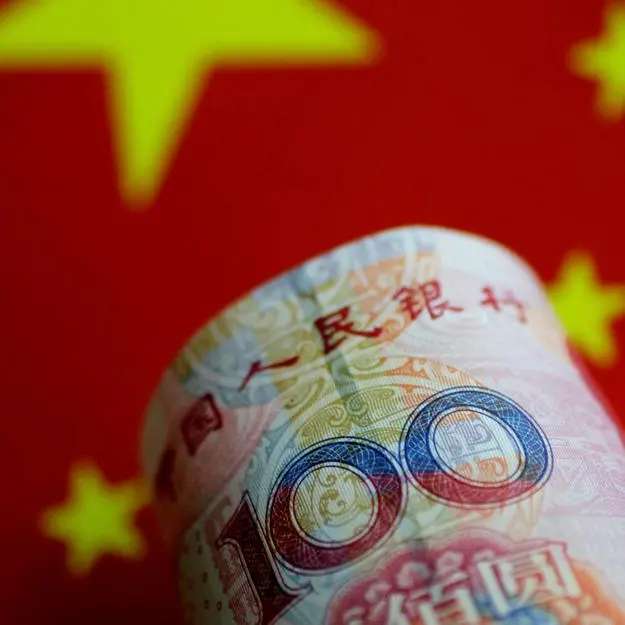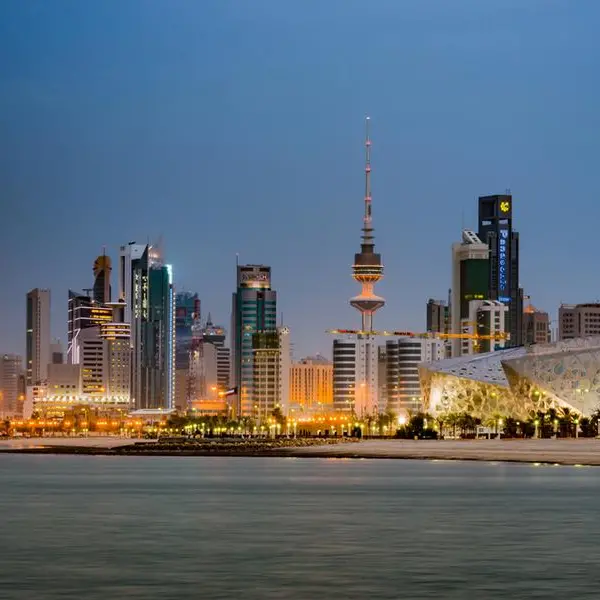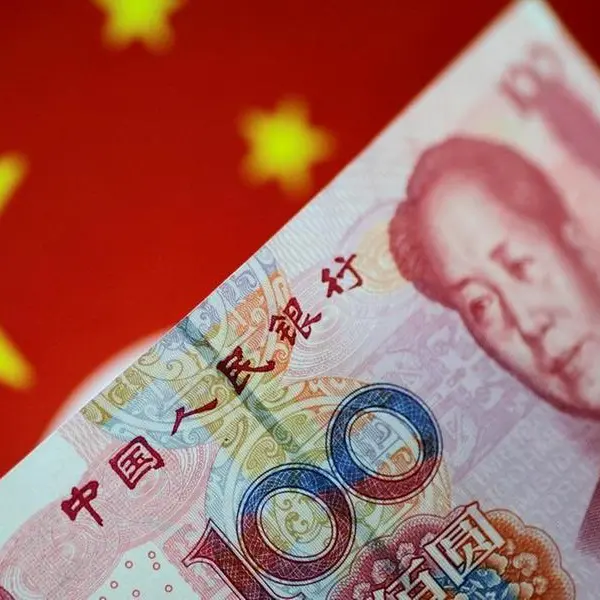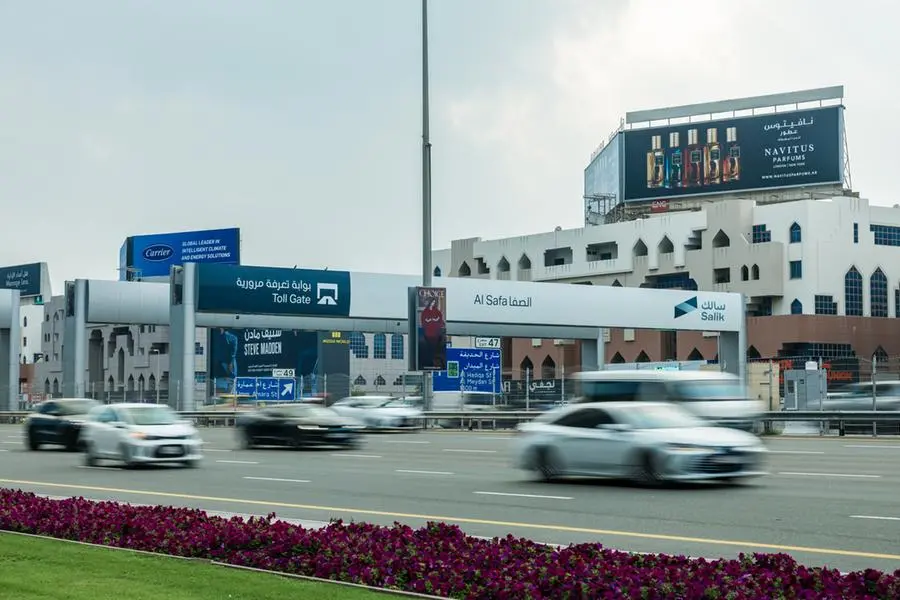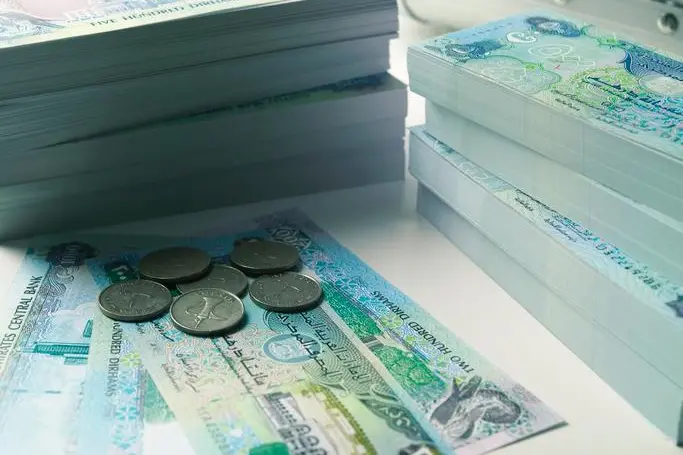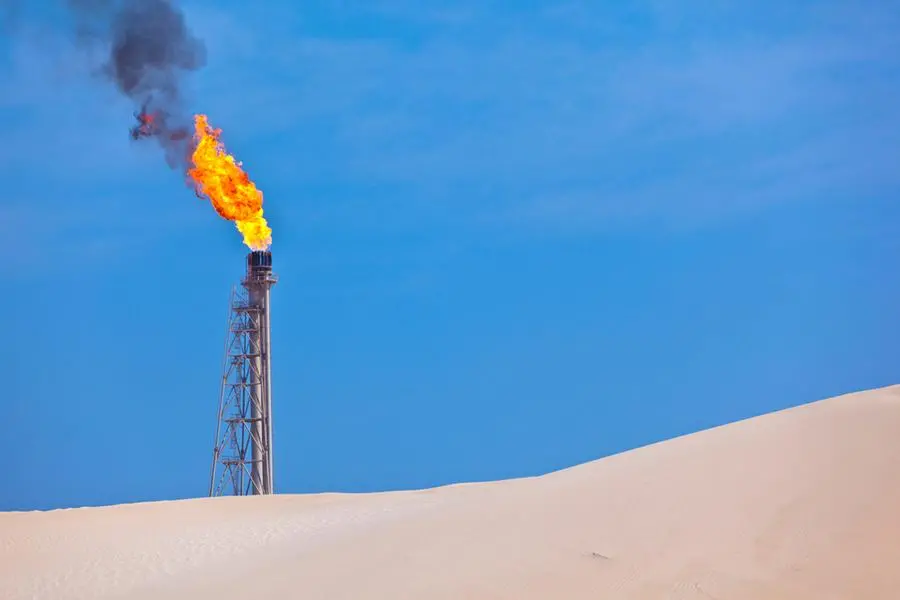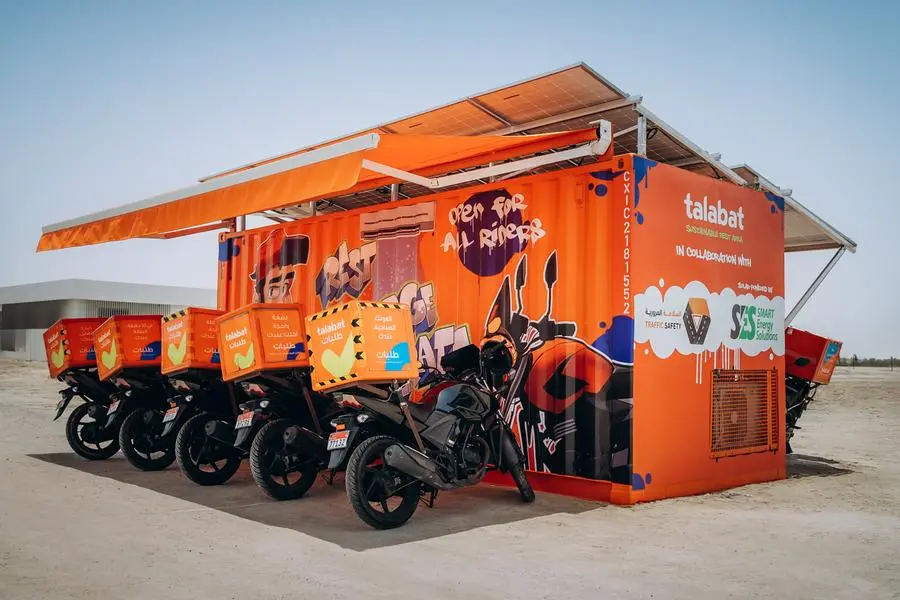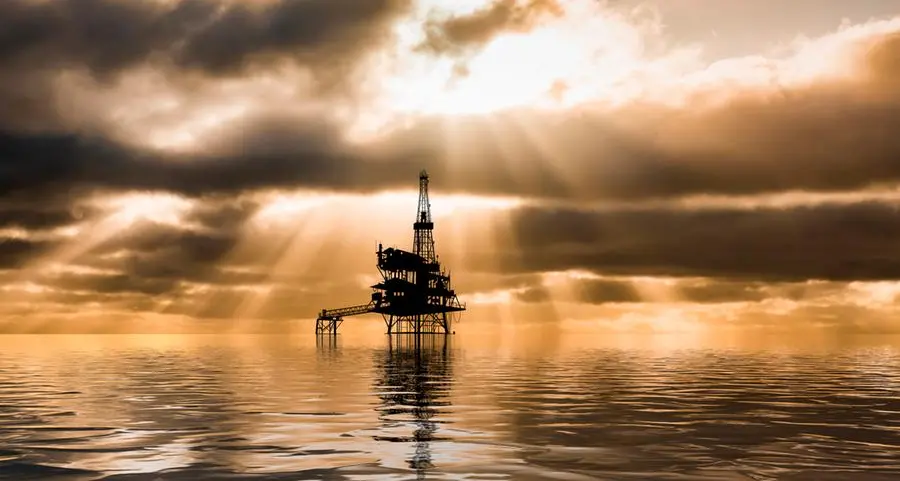PHOTO
This picture taken on January 1, 2019 shows the Anak (Child) Krakatoa volcano, which caused the December 22, 2018 tsunami, erupting in the Sunda Straits between the main islands of Java and Sumatra. - A section of Anak Krakatoa's crater collapsed after an eruption and slid into the ocean, generating the tsunami that killed at least 426 people and left 23 missing according to authorities. (Photo by Azwar Ipank / AFP)
The offspring of Indonesia's infamous Krakatoa volcano erupted several times on Tuesday, sending a huge volcanic ash tower some 2,500 metres (8,200 feet) into the sky.
Mount Anak Krakatoa, which means Child of Krakatoa, erupted four times, officials said, with the biggest followed by another that sent a column of smoke and ash 1,500 metres above its crater.
"This is part of an eruption phase associated with the formation of a new body for the volcano," Oktory Prambada, an official at the Centre of Volcanology and Geological Hazard Mitigation, told AFP.
In 2018, its crater partly collapsed when a major eruption sent huge chunks of the volcano sliding into the ocean, triggering a tsunami that killed more than 400 people and injured thousands.
There were no immediate reports of injuries or damage on Tuesday.
Prambada said the volcano's alert status remained at the second-highest level after the series of eruptions, with authorities imposing an exclusion zone of five kilometres (3.1 miles) around the crater.
Anak Krakatoa, which sits in a strait that separates the islands of Java and Sumatra, has been sporadically active since it emerged from the sea at the beginning of last century in the caldera formed after the 1883 eruption of Mount Krakatoa.
That disaster was one of the deadliest and most destructive in history with an estimated 35,000 people killed.
Indonesia, a Southeast Asian archipelago nation, sits on the Pacific Ring of Fire, where the meeting of continental plates causes high volcanic and seismic activity.
The country has nearly 130 active volcanoes.
